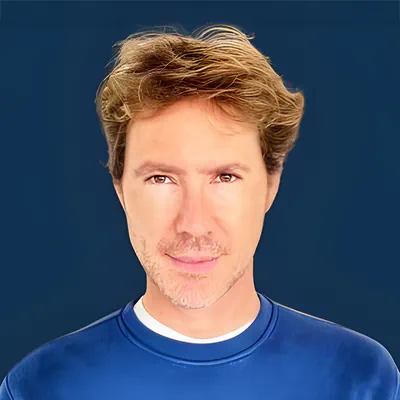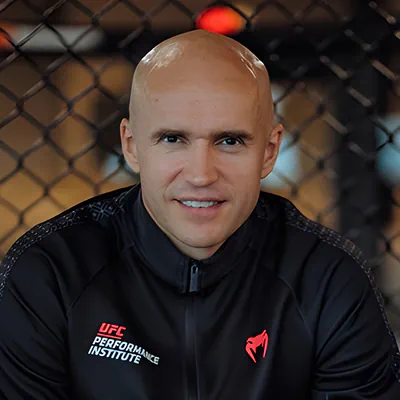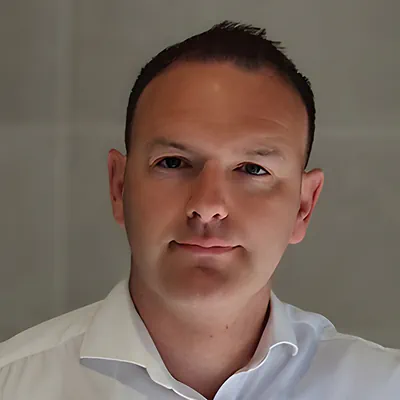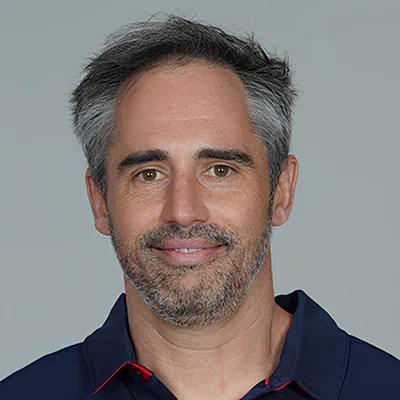
This event has passed.
Free

For decades, technologies like electromyography (EMG), force plates, and motion capture have advanced our understanding of human performance and rehabilitation in research settings. However, their proven value has yet to translate fully into applied sports environments, where they remain underutilised.
Why? The answer often lies in logistical barriers – limited time for setup and data analysis, the perceived complexity of the tools, and concerns about disrupting training workflows. As a result, practitioners may compromise on scientific accuracy in favour of convenience, weakening the potential impact of technology on performance and rehab outcomes.
Whilst these are all valid concerns, it doesn’t have to be this way.
In this virtual webinar, you’ll hear directly from researchers and practitioners who have successfully integrated EMG into real-world sporting environments. Learn how to maximise the value of EMG data—without compromising on time, rigour, or athlete experience.
Whether you’re new to EMG or looking to refine your existing practices, this session will help you unlock the full potential of neuromuscular assessment in sport.
| Timestamp | Topic |
|---|---|
| 0:00 | Welcome and Introduction by Liam Walton, Application Specialist at Delsys Europe |
| 6:01 | Gerard McMahon – From Amplitudes to Arenas: The Practice & Application of EMG in the World of Sport |
| 25:43 | Roman N. Fomin – Surface EMG in Elite Combat Athletes: Mapping Leading Muscle Activation During Sport-Specific Actions to Inform Exercise Selection |
| 44:50 | Dawn O’Dowd – Transforming Coordination Assessments in Para Swimming Classification using sEMG and Measures of Movement Smoothness and Variability |
| 1:03:51 | Sébastien Davidovici & Marie Le Moing – Biomechanical Studies for Injury Prevention and Performance in a Rugby Club : SFP Lab |
| 1:19:05 | Yeyo Corral – Beyond Kinematics in the Biomechanical Analysis of Cyclists |
| 1:34:33 | Emidio Pacecca – Clinical Use of EMG in the Sports Setting |
| 1:49:50 | Q&A and Roundtable Discussion |

Cycling Biomechanist – Macrociclo & LIDL – TREK
Yeyo is a sports scientist and physiotherapist with over 15 years of experience in cycling biomechanics with a clinical perspective and focused on high performance. Combining University teaching with clinical work in my lab macrociclo and in my LIDL-TREK world tour cycling team.

Senior Director of Performance Science, UFC Performance Institute
Dr. Roman N. Fomin, PhD, is Senior Director of Performance Science at the UFC Performance Institute, where he leads the global sport science department across three international locations. With over 25 years of experience in neuromuscular physiology, his work focuses on maximizing athletic performance and optimizing health and well-being in elite athletes. He has authored numerous scientific publications and contributed two chapters – “Electroencephalography and Electroneuromyography” and “Neuroscience Approach to Performance” – to NSCA’s Essentials of Sport Science (Human Kinetics, 2021). Dr. Fomin currently serves as Chair of the Combat Sports Special Interest Group within the American College of Sports Medicine and advises professionals in high-performance sport globally.

Lecturer in Human Movement and Applied Biomechanics at Manchester Metropolitan University
Dawn is a Lecturer in the Department of Sport and Exercise Sciences at Manchester Metropolitan University, where she teaches core units in biomechanics and research methods. Her current research focuses on enhancing performance in Para swimming and advancing fairness in Para sport through evidence-based classification. In particular, she is conducting research to inform the development of a new, more objective and scientifically rigorous Para swimming classification system.

Owner musclemechanicslab.com, Lecturer
Dr. McMahon is the owner of musclemechanicslab.com, where he personally develops bespoke training programs for athletes/ competitors seeking muscle hypertrophy or sports performance.
Dr. McMahon is also currently a lecturer in Ulster University where he teaches across BSc Sport & Exercise Sciences, MSc Strength & Conditioning & MSc Sports Medicine courses. Dr McMahon has published extensively on his main research focus – the acute responses and chronic adaptations to resistance training on the neuro-muscle-tendon systems. In addition, Dr McMahon is also a researcher & practitioner in elite sports performance across a variety of team and individual sports, having worked in elite sport for >20 years preparing athletes for multiple Olympic / Paralympic Games, Commonwealth Games, World Cups and other international and world championships.

AC Milan
Having trained in physiotherapy and strength and conditioning in Australia, Emidio has worked the last 15 years in professional sport. After working with Australian Olympic Athletes leading into the London Olympics, he returned to Australia, where he worked in Rugby (Western Force) and in the AFL (Carlton Football Club). He then moved to North America to commence a position with the New England Patriots in the NFL and has most recently has been working in European Soccer with AC Milan in Italy.

Physiotherapist in charge of the SFP Lab (Biomechanics research unit for injury prevention) at Stade Français Paris
PhD student in Biomechanics at institut de biomécanique humaine Georges Charpak.
Research and Development Engineer in biomechanics – CIFRE-funded PhD candidate at Stade Français Paris Rugby
Sébastien has been working at the Stade Francais in Paris since 2003. He spent 18 years with the professional team as a physiotherapist and osteopath. 2 years ago, they decided to launch a biomechanics research unit to help prevent rugby injuries. The team is made up of an engineer, PhD student in biomechanics, his colleague Marie Le Moing, a part-time doctor, and himself, also performing a PhD in biomechanics at institut de biomécanique humaine Georges Charpak. In addition to the scientific support provided by the institute, they work with the club’s partner companies, which specialise in artificial intelligence and provide us with their expertise on our research topics. His thesis deals with kinematic and neuromuscular risk factors for anterior cruciate ligament rupture during unplanned changes of direction.
Marie is a Research and Development Engineer in biomechanics at Stade Français Paris Rugby and a CIFRE-funded PhD candidate. Her research focuses on hamstring injury risk during sprinting in elite rugby players. She use tools like Delsys EMG sensors to analyze muscle activation in training-like conditions, aiming to connect scientific research with practical performance and injury prevention strategies.
Please register below to access the full webinar recording.